#Dr. Eleanor Ann Arroway
Explore tagged Tumblr posts
Text
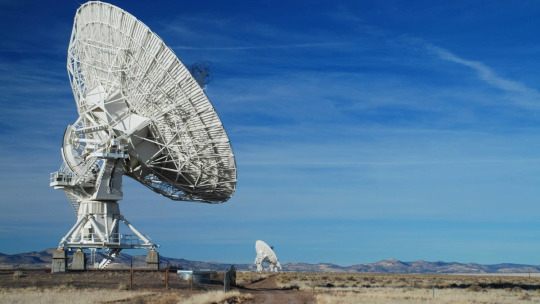



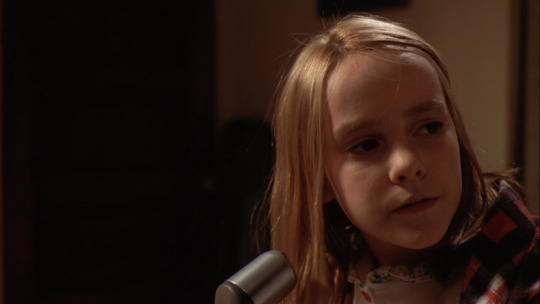

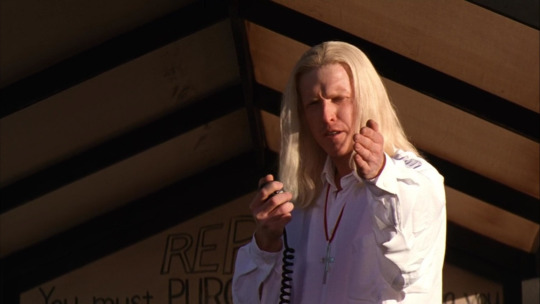
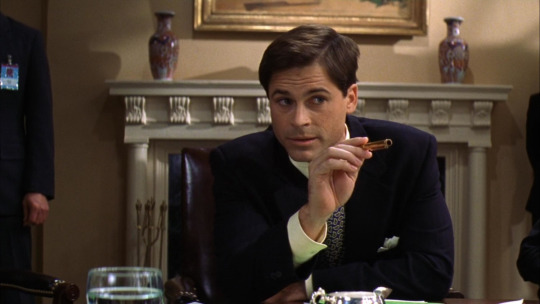


c o n t a c t, 1997 🎬 dir. robert zemeckis
#film#sci fi#contact#contact 1997#robert zemeckis#tom skerritt#jodie foster#william fichtner#david morse#jena malone#John Hurt#jake busey#rob lowe#matthew mcconaughey#james woods#Dr. David Drumlin#Dr. Eleanor Ann Arroway#Kent Clarke#Theodore Arroway#Young Ellie#S. R. Hadden#Joseph#Richard Rank#Palmer Joss#Michael Kitz
11 notes
·
View notes
Photo

5 notes
·
View notes
Text
The Audible Universe

We use “the visible universe” as a convenient way top refer to the known universe—the universe accessible to science because it is that portion of the universe accessible to our senses. Seeing is believing, as we say. And although sight does not exhaust our sensory experience of the universe, it does dominate our picture of the world because we are primarily visual animals, and it especially dominates our picture of cosmology, because we can see stars and galaxies, but we cannot touch them, taste them, smell them, or hear them.
Strictly speaking, some of what we include within the visible universe isn’t visible at all to the naked eye, and some isn’t visible to any eye at all, but are only revealed by scientific instruments. Thus we might prefer to speak of the observable universe, which is often used synonymously with the visible universe. One thing that we can say, however, is that everything in the universe we are able to study scientifically is within our line of sight, which retains the metaphor of visibility. This metaphor of visibility extends to the recently publicized photograph of a black hole, which was captured by radio-telescopes using a 1.3 mm wavelength, not visible to the naked eye, but interpreted in a way that the human eye can see and the human brain can comprehend.
It is something of an accident of our cosmological circumstances that we are able to glimpse the cosmos with the unaided eye. Hans Blumenberg began his The Genesis of the Copernican World with this observation:
“The combined circumstance that we live on Earth and are able to see stars—that the conditions necessary for life do not exclude those necessary for vision, or vice versa—is a remarkably improbable one. This is because the medium in which we live is, on the one hand, just thick enough to enable us to breath and to prevent us from being burned up by cosmic rays, while, on the other hand, it is not so opaque as to absorb entirely the light of the stars and block any view of the universe. What a fragile balance between the indispensable and the sublime.”
In contrast to the cosmological scope of the visible universe, the audible universe extends only as far as our planetary atmosphere extends, so while the naked human eye can gaze upon large-scale structures of cosmology like the Milky Way, our ears hear only that which occurs on our planet, and most of what we hear is immediate and tightly confined to our local neighborhood.
We may hear thunder in the distance, or the crash of the surf before we arrive at the beach proper; we may hear the guns of a distant battle, or the explosion of a distant volcano; we may hear the distant rumble of engines from ships or jets over the horizon, but most of what we hear is close enough to us that we could reach out and touch it if we wanted to make the effort to do so. The audible universe is immediate, and, because it is immediate, it is personal, even intimate.
The ambient aural milieu sets the atmosphere of our experience more than we realize. In the morning, there is the dawn chorus of bird song that rises as the sky brightens. In the evening, there is the frog chorus, which, depending upon the biome in which you live, can be close to deafening as the darkness closes in, and continues throughout much of the night. These two choruses for me symbolize the diurnal/nocturnal cycle and are a vivid reminder of circadian rhythms.
Many years ago when I visited the Amazon basin (near Iquitos in the Peruvian Amazon), I was struck by how the night air was alive with the sounds of insects. While there are some insect sounds where I live, it is nothing like the cacophony of the buzzing, clicking, chirping, and whizzing that I heard in the Amazon, and since the insects are actively flitting past your ears, this cacophony surrounds you and moves around you in a kind of aural panorama.
In the industrialized world we have become accustomed to an artificial ambient aural milieu. We have all heard the jokes about city dwellers who can’t get to sleep without having the background white noise of traffic, sirens, and voices ever-present, and I recall one film where the city man arrived in a small town turns on recorded sounds of a large city so that he can rest comfortably.
Where I grew up in rural Oregon it is quite quiet, but even in the countryside you can hear the distant sound of the highway (US 30) on the other side of the hills, and you can hear distant planes in the sky. I remember being struck when I visited the Hacienda Zuleta in Ecuador how quiet it was. The only thing I could hear when I was outside was the rustle of the wind in the grass, the sounds of the birds in the trees, and the occasional neighing of horses. This, for me, was just perfect. I could have stayed and been happy there.
Despite this intimately personal character of sound, cosmologists relatively recently have come to appreciate the role of sound in the early universe. Mark Whittle, who has been studying the sounds of the early universe, describes it like this:
“...over the first million years, all of space was filled with a hot thin uniform glowing gas, a billion times denser than the current cosmic density. Not only did the Universe have an atmosphere – in a sense, it was an atmosphere. It was within this atmosphere that sound waves could form and move in the young Universe.”
Whereas the cosmic microwave background radiation (CMBR, often called the “echo” of the big bang, invoking an auditory metaphor) is made visible to us in a false color image derived from scientific instruments (in other words, something that no living eye could ever see without the intervention of science and technology), it is still a bit abstract to us. Would a sound “picture” of the earlier universe seem any more concrete to us, or constitute a more intimate and immediate relationship to the universe? You can listen for yourself to John Cramer’s reconstruction of the sound via a Youtube video.
It should be noted that, just as we can interpret the CMBR or the radio wavelengths of the black hole image as visual images, we could also interpret them as sounds, but, being the visual beings that we are, we generally find the visual interpretation to be the more striking. This isn’t because of the way that the universe is; this is because of the way that we are. How we interpret the observations of our scientific instruments is a function of the human condition.
Sometimes, however, we want to hear the audible version of the world that our scientific instruments reveal to us. In the film Contact, based on the Carl Sagan novel, in one scene the protagonist, Dr. Eleanor "Ellie" Ann Arroway, is shown listening to the radio telescope feed. Sometimes this is the quickest and most efficient and even the most intuitive way to get your information about the world. Sonar operators listen in order to derive information about the ocean environment, as do metal detector enthusiasts when surveying the underground environment. Geiger counters, too, customarily convey their information to us via sound.
I’m not sure that it is that separates observations that we primarily respond to visually from observations that we primarily respond to aurally, but there is a difference, and it would be worth inquiring into the subtle differences in the way we perceive the world and indeed construct the world from our observations, so that some constructions work better for us as images while other constructions work better for us as sounds. A metal detector could give a visual reading on a dial, and a speedometer could give us a tone instead of a reading. Why each seems appropriate for the information it conveys is a matter that is more subtle that we typically recognize.

3 notes
·
View notes
Note
lets watch contact
Contact? The 1997 American film starring Jodie Foster as Dr. Eleanor “Ellie” Ann Arroway?
0 notes
Text
On this day...
Contact - July 11, 1997
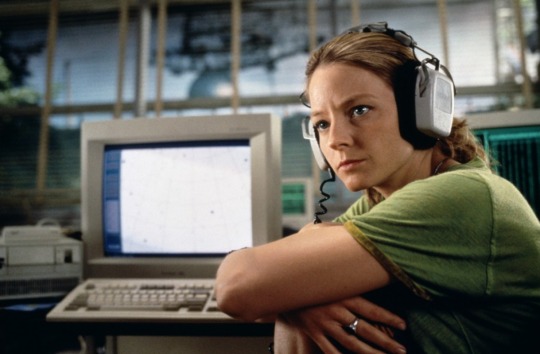
Jodie Foster as ‘Dr Eleanor "Ellie" Ann Arroway’.
#on this day#premieres#jodie foster#dr ellie arroway#7-11-1997#90s#sci fi#science fiction#carl sagan#contact
37 notes
·
View notes